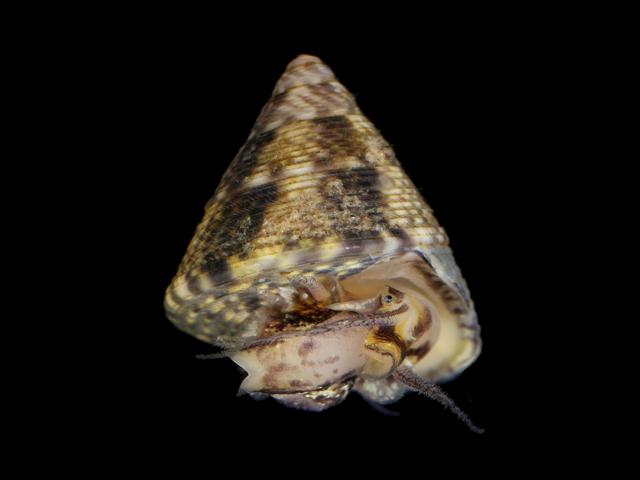
APHOTOMARINE
An educational resource dedicated mainly to the photography
and diversity of marine life that can be found in coastal waters
and intertidal areas of Great Britain and Ireland by David Fenwick.

Jujubinus striatus striatus (Linnaeus, 1758) - Grooved Top-shell (Marine snail images)
Scroll down and rollover titles to change screen image or click on title to view image.
Grooved Top-shell
Jujubinus striatus striatus
- live specimen 1
Jujubinus striatus striatus
- live specimen 1
Grooved Top-shell
Jujubinus striatus striatus
- live specimen 2
Grooved Top-shell
Jujubinus striatus striatus
- live specimen 3
Grooved Top-shell
Jujubinus striatus striatus
- live specimens 4
Grooved Top-shell
Jujubinus striatus striatus
- shell 1
Grooved Top-shell
Jujubinus striatus striatus
- with 1.0mm division rule 1
Grooved Top-shell
Jujubinus striatus striatus
- with 1.0mm division rule 2
Specimens above found on the lowershore at Trefusis Point Flushing, near Penryn, Cornwall, 24.09.18.
Grooved Top-shell
Jujubinus striatus striatus
- shell 2
Grooved Top-shell
Jujubinus striatus striatus
- shell 3
Grooved Top-shell
Jujubinus striatus striatus
- shell 4
Grooved Top-shell
Jujubinus striatus striatus
- shell 5
Shell featured above was trawled in the Gibraltar area, Malag, Spain. 1991. Size of shell featured is 7mm, this specimen was purchased from Guido T. Poppe - Philippe Poppe, Conchology, Inc..
The Cornish database ERICA contains recent records for this species from Battery Rocks, Penzance; Hannafore Point, St. Anthony in Meneage, Gillan Harbour; Helford Passage, Fal Bay, St. Mawes and on the north coast Harlyn Bay near Padstow.
European and Scientific Names:
Jujubinus striatus, Calliostoma striatum, Trochus striatus, Grooved top-shell, Vlakke kegeltolhoren.
Location information provided by the author and from the ERICA records database for Cornwall. Scientific and Common Names used are largely gained from from the WoRMS Database.

The main objective of this website is in furthering environmental awareness and education through the medium of photography. To increase awareness and access to the wildlife of the region and help
people find and identify it. Sometimes the difference between species is obvious but many species can only be determined by observing microscopic characteristics that are specific to any one species.